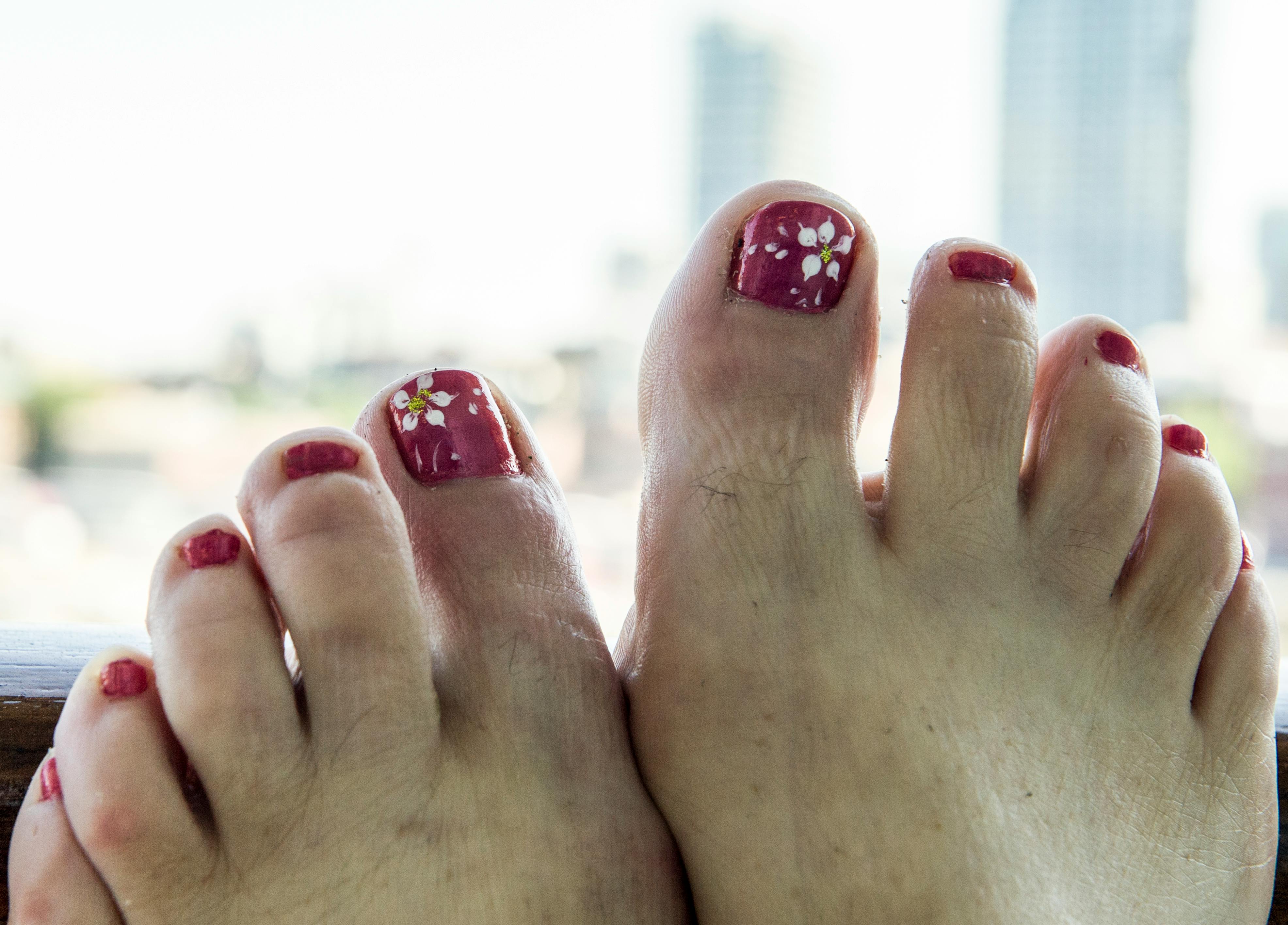Why Plantar Fasciitis Treatment Matters - Quality
For some athletes, simply altering running shoes can significantly alleviate plantar fascia pain. A physical therapist can use a number of various taping strategies to support the plantar fascia, giving it a possibility to heal. Some shoes can be fitted with inserts. One example is an orthotic, which spans the length of the shoe.
Another alternative is a heel cup. This insert is designed to support and cushion the heel. Plantar fasciitis is associated with less versatility in the ankle, Achilles tendon, and calf muscles. Gentle stretching to improve flexibility can make the biomechanics of standing, strolling, and running less difficult for the plantar fascia.
Using mild pressure, roll the tennis ball backward and forward under the foot. Stand 18 inches far from a wall with feet about 6 inches apart and place hands versus the wall, at shoulder height. Without moving feet, lean into the wall, flexing the foot and stretching the Achilles tendon and calf muscles Sit on the floor with legs straight in front.
What Are The Benefits of Plantar Fasciitis Treatment?
Stretches like these last two, in which the top of the foot and toes move towards the shin, are called dorsiflexion stretches. Using a cold-pack or bag of ice to bottom of the foot may provide pain relief from plantar fasciitis. Relief can also be discovered by rolling the bottom of the foot on a frozen plastic water bottle.
Protocol Principles. For runners, increasing the number of steps per mileusing a shorter stride however increasing cadence to maintain speedmay decrease the tension on the plantar fascia although there will be more actions per minute.1.Extra weight puts an increased strain on the plantar fascia tissue. Shedding excess pounds will lighten the load on the body's musculoskeletal system, consisting of the plantar fascia.
This prevents the plantar fascia from resting in a contracted position. (Naturally, many individuals find these splints tough to sleep in.). While it is not considered basic treatment, deep myofascial massage may promote blood flow and recovery. While not all experts concur, some believe making use of manual manipulation/mobilization (by a chiropractic doctor or other competent health professional) together with workout is an effective method to deal with plantar fasciitis.2, People with consistent, moderate to extreme cases of plantar fasciitis, might utilize these non-medical treatments in conjunction with medications, injections, or surgical treatments.
What is Plantar Fasciitis Treatment? A definition and suggested readings

Medications are not a cure for plantar fasciitis and should be used in conjunction with other treatments. Non-steroidal anti-inflammatory drugs are utilized to minimize swelling and inflammation, and are advised for clients experiencing moderate to severe pain (You Can Check Here). NSAIDs include aspirin (e.g. Bayer), ibuprofen (e.g. Advil), naproxen (e.g. Aleve), and cox-2 inhibitors.
dexamethasone) through healthy skin to the sore area.1 Iontophoresis may be advised to patients with plantar fasciitis who can't tolerate injections or wish to avoid injections. If non-medical treatments and medications do not supply remedy for plantar fasciitis, clients may think about injections. 1. Wellenkotter J, Kernozek TW, Meardon S, Suchomel T.

Int J Sports Med. 2014; 35( 9 ):779 -84.2. Bronfort G, Haas M, Evans R, Leininger B, Triano J. Efficiency of manual treatments: the UK evidence report. Chiropr Osteopat. 2010; 18:3.3. Clar C, Tsertsvadze A, Court R, Hundt GL, Clarke A, Sutcliffe P. Scientific efficiency of manual therapy for the management of musculoskeletal and non-musculoskeletal conditions: systematic evaluation and update of UK proof report.
Some News about Plantar Fasciitis Treatment
The plantar fascia is a long, thin ligament present along the bottom of the foot that develops the arch of the foot. It extends from the heel bone, and then divides and fans out to connect itself to the toes. Plantar fasciitis is a condition where the plantar fascia becomes irritated from overstretching or overuse, triggering discomfort in the heel and bottom of the foot.
Plantar fasciitis occurs when you strain or aggravate the plantar fascia ligament. Repeated pressure can result in tiny tears in the ligament, leading to discomfort and swelling, which can make strolling challenging. Strains can occur due to: High or low foot arch Obesity or unexpected weight gain Tight Achilles tendon which links the calf muscles to the heel Starting a new activity or increasing the intensity of an activity Wearing improper shoes with soles that are too soft, do not fit well or use bad arch support The significant problem of plantar fasciitis is discomfort and tightness in the heel and foot.
Your doctor might enjoy how you stand and walk, and assess associated conditions such as high arches. X-rays of the foot can be taken if your doctor presumes a tension fracture, a hairline fracture in the bone, or other associated conditions such as a heel spur, which is additional calcium deposit on the heel bone.
The Impact OF Plantar Fasciitis Treatment
Conservative treatment procedures include: Rest: Rest is the primary step that is thought about for minimizing discomfort and preventing additional damage to the ligament. Ice: Rolling your foot over ice can be extremely reliable in reducing swelling, and is suggested for 20 minutes, 3-4 times a day Medications: NSAIDs (non-steroidal anti-inflammatory drugs) might be prescribed for relief of pain and swelling Workout: calf stretches and plantar fascia stretches are efficient in easing pain A steroid injection may be administered into the plantar fascia for lowering pain and swelling Encouraging shoes and orthotics might also be recommended to reduce the pain while walking or standing Night splints can be recommended by your doctor to help extend the plantar fascia while sleeping Physical treatment may be suggested for direction on stretching exercises, massage and ice treatments PT might use extracorporeal shockwave therapy (ESWT), which utilizes high-energy shockwave impulses to promote healing of the damaged plantar fascia tissues Surgical treatment is considered just if conservative therapy does not provide efficient relief after 12 months.
Gastrocnemius recession: Tight calf muscles or gastrocnemius muscles can strain the plantar fascia. To release this stress, your surgeon will surgically extend the calf muscle, and increase the motion of the ankle (Navigate To This Web-site). The surgery can be performed by open cut or endoscopically through a small incision by utilizing an endoscope, which is a long instrument with a small video camera attached.
Your surgeon will partially cut the plantar fascia ligament to relieve the stress. The surgery can be carried out endoscopically but open incision is simpler to carry out and is connected with lower danger of nerve damage. Complications are uncommon following surgical treatment to deal with plantar fasciitis, however similar to any surgical procedure, they can happen.
Does Plantar Fasciitis Treatment Still Matter for Customer Service in 2020
If you are experiencing symptoms of plantar fasciitis, detailed treatment from our foot professionals is available at ORA Orthopedics. As the largest and most advanced orthopedic practice in the Quad Cities, ORA Orthopedics offers the biggest options in care to kids and grownups with a broad range of musculoskeletal conditions, consisting of plantar fasciitis and other unpleasant or agonizing foot issues (See It Here).
This condition is usually marked by greater foot discomfort and stiffness after not during workout or extended durations of lack of exercise. Plantar fasciitis might likewise cause bone stimulates, or small boney growths, to establish on the heel bone. The knowledgeable physicians and personnel at ORA Orthopedics' Foot and Ankle Center of Excellence are trained in the newest treatment methods and use patient-focused care that is second to none in the Quad Cities.
Tidak ada komentar:
Posting Komentar